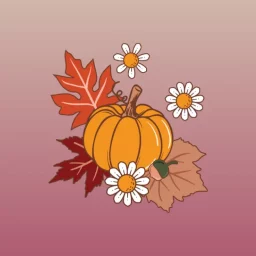What is cross-training and should YOU be doing it? Here we describe cross-training and the impact it has on our bodies.
Have you ever heard of cross-training?
When it comes to professional athletes you may have heard of cross-training. However, they are not the only ones who can benefit from it. Cross-training means combining different exercises to vary the muscle groups and body systems we use. For example, combining strength training, cardiovascular, and flexibility exercises in your weekly routine is considered cross-training. Engaging in other activities like gardening, cleaning, shoveling, walking, and swimming can also be examples of cross-training.
Benefits of cross-training:
The number one reason cross-training is recommended is to reduce the risk of injuries. Repetitive strain or overuse injuries are common in sports for both high-level athletes as well as amateurs. In fact, sports injuries amongst Canadian children and youths are on the rise and represent a large proportion of emergency department visits yearly. Children between the ages of 10 and 14 represent the most sport-related injuries in young adults. Competing in weekend races and tournaments with repeated motion in short periods of time can take a toll on developing bodies and make them prone to overuse injuries. Young athletes can also benefit from cross-training to prevent repetitive strain injuries.
Additionally, alternating between different activities that you enjoy can be stimulating and prevent you from getting bored with doing the same thing over and over again. If you are preparing for a sports competition, engaging in a different activity or sport for pleasure on the side can help relieve stress and prevent sports fatigue. It is easy to get caught up in the stress of competition and too focused on winning. Don’t forget to have fun, enjoy the sport and enjoy moving your body!
Is cross-training for me?
The good news is cross-training is for everyone! You may already be doing it without knowing. Varying your activities for different days of the week can be a great way to vary exercises and prevent injuries from doing the same movements over and over again.
The importance of having rest days:
Rest days do not mean slouching on the couch and doing nothing all day. A rest day means doing lighter activities like walking or light stretching to let your muscles and tissues recover and regenerate after heavy exercise. Exercise is great but too much of a good thing can be bad. Having a scheduled rest day in your weekly routine is crucial for preventing injuries, enhancing sports performance, and achieving goals. It is well known that strenuous exercise puts mechanical stresses on the body and the tissues need time to recover. Exercise recovery also includes fueling your body with water, and nutrients and treating yourself to a good night’s sleep.
How to Cross-train when recovering from an injury:
Keeping active while recovering from an injury is very important. Doing alternative exercises that do not put stress on the injured area is a great way to keep your body moving and promote healing. For example, swimming is a great exercise that does not put gravity stress on your joints but allows you to keep your joints moving. Other activities such as yoga or cycling can also help you incorporate movement into your rehab exercise routine with less impact on your joints.
For more information on how to deal with, heal, and prevent injuries, book a visit with our team of healthcare providers at CURAVITA. Our team of Chiropractors, Physiotherapists, and Massage Therapists can help you achieve your wellness goals. Visit us online or call us at CURAVITA Byward Clinic at 613-860-8600 or at CURAVITA Glebe Clinic at 613-237-9000.
















